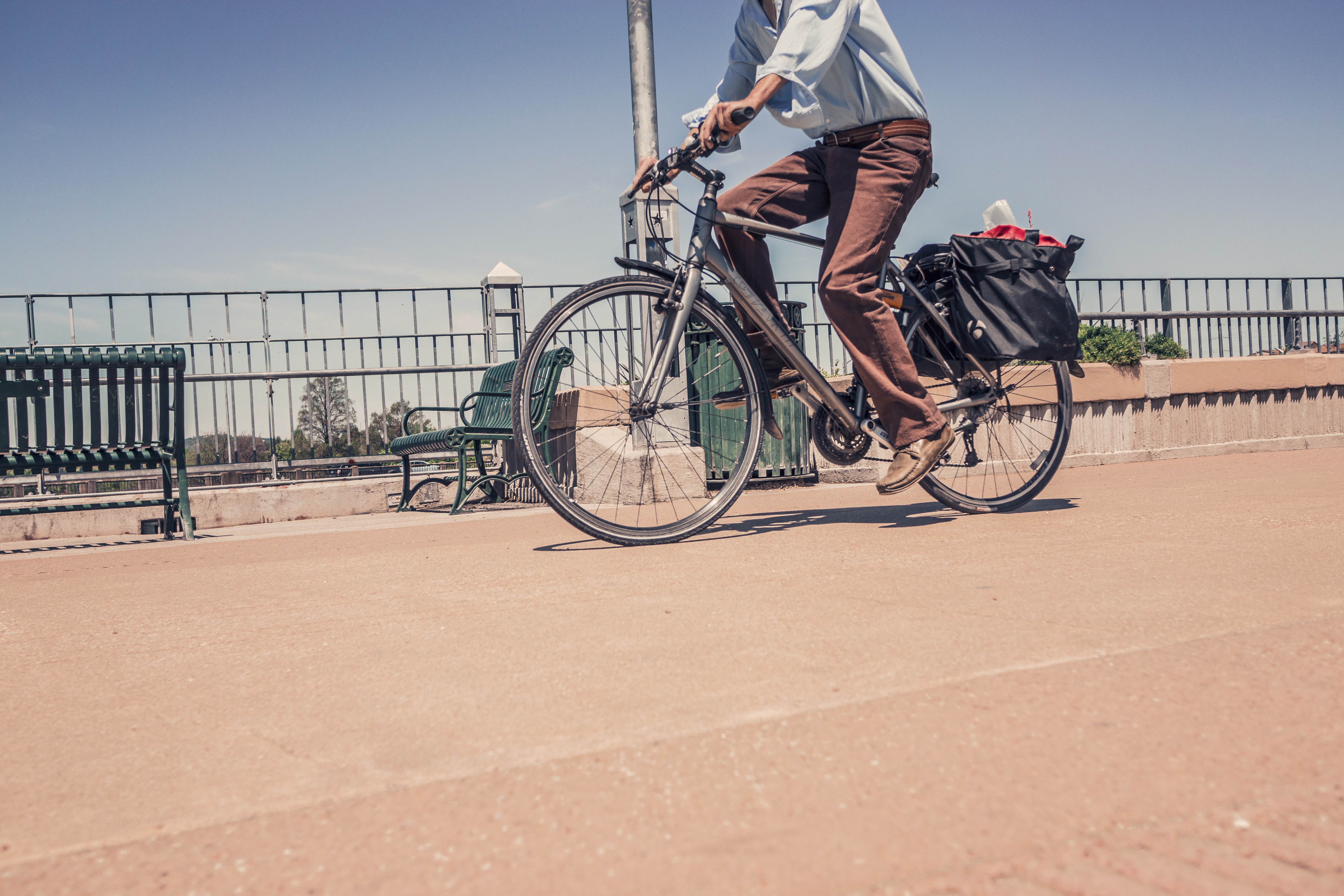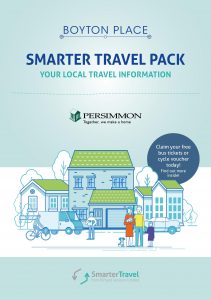
With summer approaching, many of you might be considering cycling to get out and about, instead of driving. We understand that not everyone is an avid cyclist, or maybe you’re not too confident when it comes to cycling.
That is why
here at Smarter Travel, we would like to advise, guide, and support you in all
ways possible.
DO YOU OWN A BIKE?
If you don’t
but are keen to try cycling, why not ask a friend or a family member if you
could borrow a bike from them? Borrowing a bike from a friend or family has no
cost implications to start with, and they can even show you some of their own
favourite cycle routes whilst you get established.
If this
isn’t an option, then look up rental bikes in your area:
In Norwich for example, Beryl has over 580 bikes available. All you need to do is download the Beryl app, sign up, and check the map to see where your closest Beryl bay is and you are ready to go.
In Suffolk, if you are looking
for bike hire or rentals, check out the Suffolk Cycle Hire
website. They have a great range of bikes available, and they even deliver
bikes to your doorstep.
Borrowing a bike or renting one is a great start for any beginner. This way you can explore and build confidence with your cycling.
As a resident of Boyton Place, you are entitled to claim a £100 cycle store voucher if you complete our short travel survey. The voucher can be used for getting some new equipment. You could also look to join the Haverhill cycling club . They have different levels of Sunday cycling rides.
If you would like to start cycling to work, check if your employer has a [HR1] cycle to work scheme. This is an employee benefit supported by the government that saves you 25-39% on a bike and accessories to get you started on cycling to work. The cycle to work schemes can be different with each company, so check with your company to see what they have to offer!
WHERE TO
GO?
Now that
you have a bike sorted, where to go now?
- Start with a plan. Either for leisure or commuting, research your routes. Check your local community forums, local parks, or National Trust for open spaces to get out on your bicycle. You might even find a local cycling group to join.
- Google maps. Simply enter your destination and starting point, it will automatically show you various routes, and you can switch between walking, cycling, driving, and train travel. If you hover your mouse on the lower-left square, Google maps will also show you trails, dedicated cycle paths, bike-friendly routes, and unpaved trails. We advise that you check that thoroughly, since footways are paths that are set aside for pedestrians, and it is an offence to cycle along them.
- Cycle Streets is also a great website to plan your routes. Like Google Maps, you only need to enter your destination and starting point, and it will show you three route options: the fastest route, the quietest route, and a balanced route option. It also shows you journey time, distance, calories burnt and CO₂ saved by cycling.
Learn more
about cycling in Norfolk and Suffolk, or
contact us for more information.
NOT A
CONFIDENT CYCLIST?
Not a problem! Did you know there are plenty of courses and resources from various organisations that support people to cycle?
- For our Norfolk residents, look up Smart Cycle Training. It is accredited by the Department of Transport, and Bikeability, a Charitable organisation with a vision to ensure everyone has the confidence to cycle and enjoy it. They have worked with other qualified instructors delivering necessary training for schools, companies, and other organisations, they also deliver one on one training.
- Little Riders: They offer group training, one to one sessions, and more!
- Bikeability: This platform shows all the academies near and far, for any age group, offering all types of courses.
Beryl also offers free minutes for all Bikeability learners.
ANY
OTHER TIPS?
- a cycling companion along with you
for support.
- Check the Highway Code regularly, the government’s guidelines
regarding how different vehicles can share the road together safely.
- Understand essential hand signals. With more people choosing cycling
as a means of transport every day, it is crucial that you know the basic
signals to ensure your own safety and for the drivers around you.
- Be seen and protect yourself.
Although it is not a legal requirement that you should wear a helmet when
cycling, it is strongly advised that you do so. Stay safe by being seen, and wear
florescent items such as reflective clothing and working lights. Look up cycling
accessories and clothes from sites such as Wiggle and Halfords.
- Get a good bike. Check out the We are Cycling UK or Love to Ride website for more guidance on
starting to cycle.
TIPS
FROM SMARTER TRAVEL AVID CYCLISTS:
Our
director Martin, who cycles into our Norwich office a couple of times week,
suggested that:
“It is
important to avoid doing too much too soon as a beginner. When getting started,
make sure to learn how to use different gears on your bike to get the most out
of the bicycle. Try the gears on an off-road cycleway, away from traffic to get
used to them! And his golden tip is to check the ABCs (air, brakes and chain)
before every ride.”
Our Smarter
Travel Associate, Ray, who also cycles into our Norwich office, but everyday,
suggested that:
“Make
sure that you have a bike that is the right size for you. There are lots of
stuff online that work out what size bike is best for your height. Get a good
bike lock such as a d-lock and register if it’s a new bike. Getting a decent
puncture kit, even a small one could possibly save you up a lot of money long
term. If you are not a confident cyclist, sign up for cycle training.”
If you
would like more information, please speak to one of your Travel Plan Coordinators,
and we will be more than happy to assist you.





